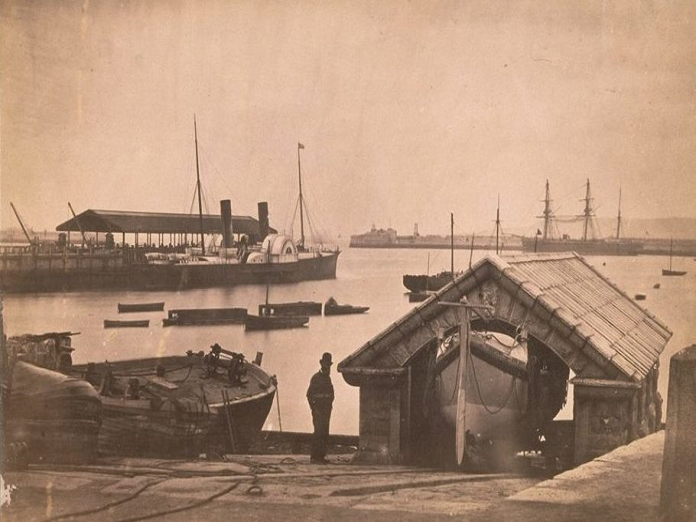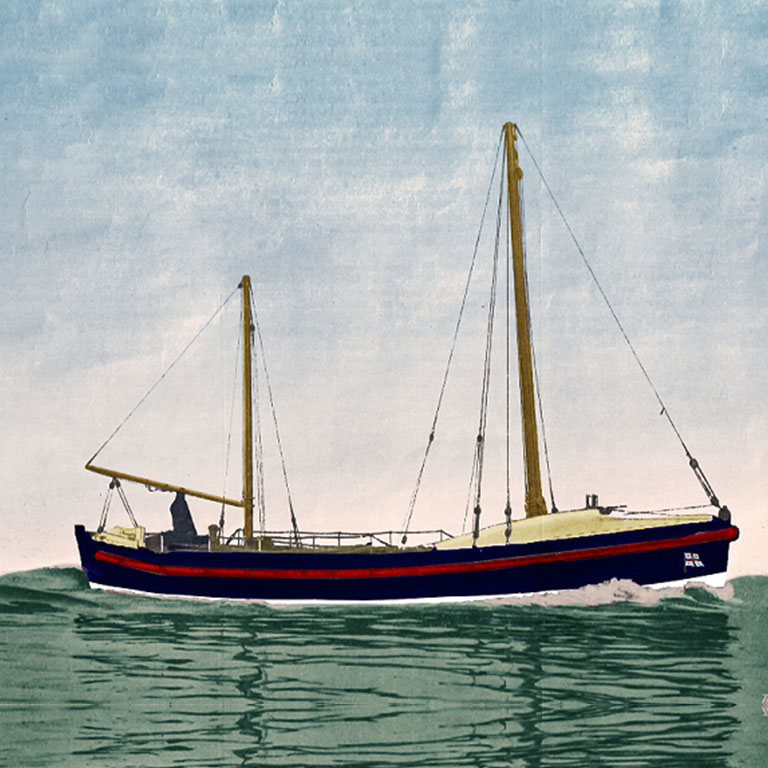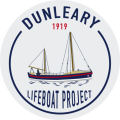RNLI Dun Laoghaire
Laoghaire
History
RNLI Dun Laoghaire Lifeboat Station
Welcome to the thrilling history of the Dun Laoghaire lifeboat station, where courageous volunteers have risked their lives to save countless others from the treacherous waters off the Irish coast.
In 1803, the Dublin Ballast Board placed the first lifeboat at Sandycove, and in 1817, another was stationed at Old Dunleary. Before the Royal National Lifeboat Institution (RNLI) took over the station in 1861, brave rescues were already taking place, resulting in several awards for gallantry, including a gold medal in 1829 and seven silver medals in 1844 and 1861.

The station continued to grow and improve, with the construction of a boathouse in 1901 and the arrival of the station’s first motor lifeboat in 1919. In 1930, the station received a centenary vellum to mark its 100th anniversary.
The courage of the station’s volunteers continued to be recognized over the years, with acting Second Coxswain W Kelly receiving the Thanks of the Institution Inscribed on Vellum in 1947 for saving 45 people from the Bolivar. And in 1969, Coxswain/Mechanic Eric Offer earned a bronze medal and the Maud Smith Award for rescuing two men from their capsized dinghies.
Under RNLI management, the station continued to be a hub of heroism. In 1868, two men received silver medals for saving five sailors from the sinking schooner Blue Vein, while Coxswain H Williams earned a silver medal in 1881 for rescuing the crew of the George H Oulton from a shipwreck.
Under RNLI management, the station continued to be a hub of heroism. In 1868, two men received silver medals for saving five sailors from the sinking schooner Blue Vein, while Coxswain H Williams earned a silver medal in 1881 for rescuing the crew of the George H Oulton from a shipwreck.
Under RNLI management, the station continued to be a hub of heroism. In 1868, two men received silver medals for saving five sailors from the sinking schooner Blue Vein, while Coxswain H Williams earned a silver medal in 1881 for rescuing the crew of the George H Oulton from a shipwreck.


The station also faced tragedy, such as in 1956 when Captain R S Kearon, Honorary Secretary and Harbour Master, drowned when the harbour launch capsized. But the station persevered, and in 1986, an inshore lifeboat station was established with a D class lifeboat.
Today, the Dun Laoghaire lifeboat station continues to serve as a vital lifeline for those in peril on the sea. It has received numerous awards, including four Thanks of the Institution Inscribed on Vellum, one bronze medal, ten silver medals, and two gold medals for gallantry. Visitors to the station can view a memorial to the 15 brave lifeboat crew members who lost their lives in the line of duty and witness firsthand the selflessness, skill, and courage of the station’s dedicated volunteers.
History
RNLI Dun Laoghaire Lifeboat Station
Welcome to the thrilling history of the Dun Laoghaire lifeboat station, where courageous volunteers have risked their lives to save countless others from the treacherous waters off the Irish coast.
In 1803, the Dublin Ballast Board placed the first lifeboat at Sandycove, and in 1817, another was stationed at Old Dunleary. Before the Royal National Lifeboat Institution (RNLI) took over the station in 1861, brave rescues were already taking place, resulting in several awards for gallantry, including a gold medal in 1829 and seven silver medals in 1844 and 1861.
Under RNLI management, the station continued to be a hub of heroism. In 1868, two men received silver medals for saving five sailors from the sinking schooner Blue Vein, while Coxswain H Williams earned a silver medal in 1881 for rescuing the crew of the George H Oulton from a shipwreck.
Under RNLI management, the station continued to be a hub of heroism. In 1868, two men received silver medals for saving five sailors from the sinking schooner Blue Vein, while Coxswain H Williams earned a silver medal in 1881 for rescuing the crew of the George H Oulton from a shipwreck.
The station continued to grow and improve, with the construction of a boathouse in 1901 and the arrival of the station’s first motor lifeboat in 1919. In 1930, the station received a centenary vellum to mark its 100th anniversary.
The courage of the station’s volunteers continued to be recognized over the years, with acting Second Coxswain W Kelly receiving the Thanks of the Institution Inscribed on Vellum in 1947 for saving 45 people from the Bolivar. And in 1969, Coxswain/Mechanic Eric Offer earned a bronze medal and the Maud Smith Award for rescuing two men from their capsized dinghies.
The station also faced tragedy, such as in 1956 when Captain R S Kearon, Honorary Secretary and Harbour Master, drowned when the harbour launch capsized. But the station persevered, and in 1986, an inshore lifeboat station was established with a D class lifeboat.
Today, the Dun Laoghaire lifeboat station continues to serve as a vital lifeline for those in peril on the sea. It has received numerous awards, including four Thanks of the Institution Inscribed on Vellum, one bronze medal, ten silver medals, and two gold medals for gallantry. Visitors to the station can view a memorial to the 15 brave lifeboat crew members who lost their lives in the line of duty and witness firsthand the selflessness, skill, and courage of the station’s dedicated volunteers.
